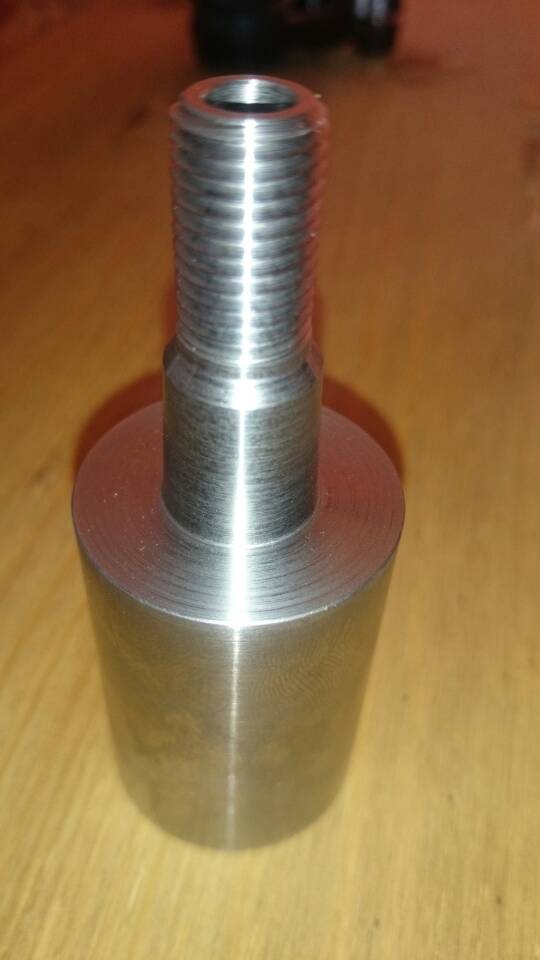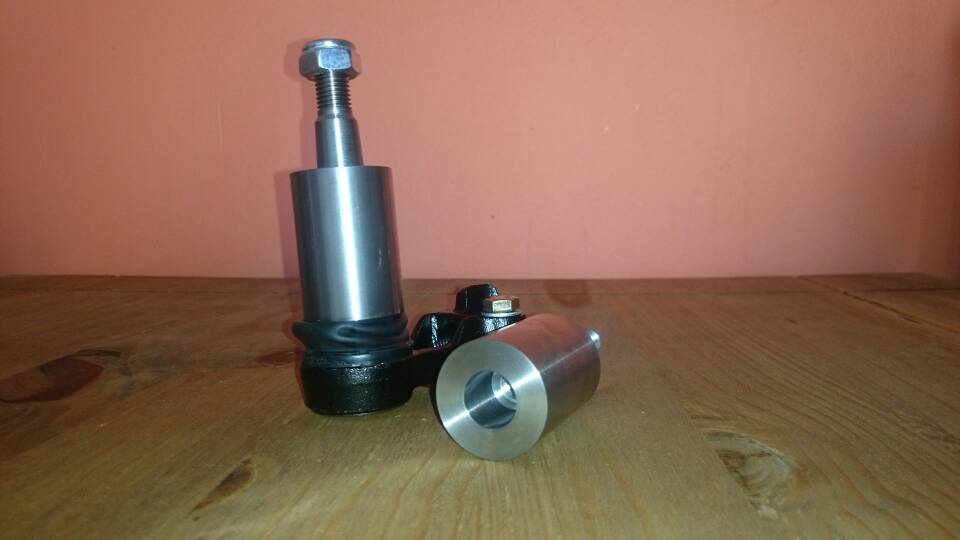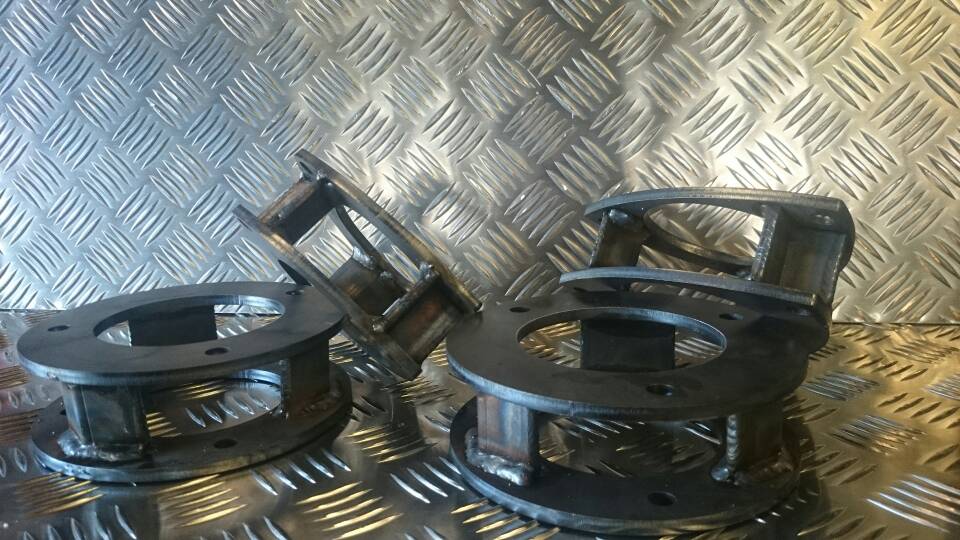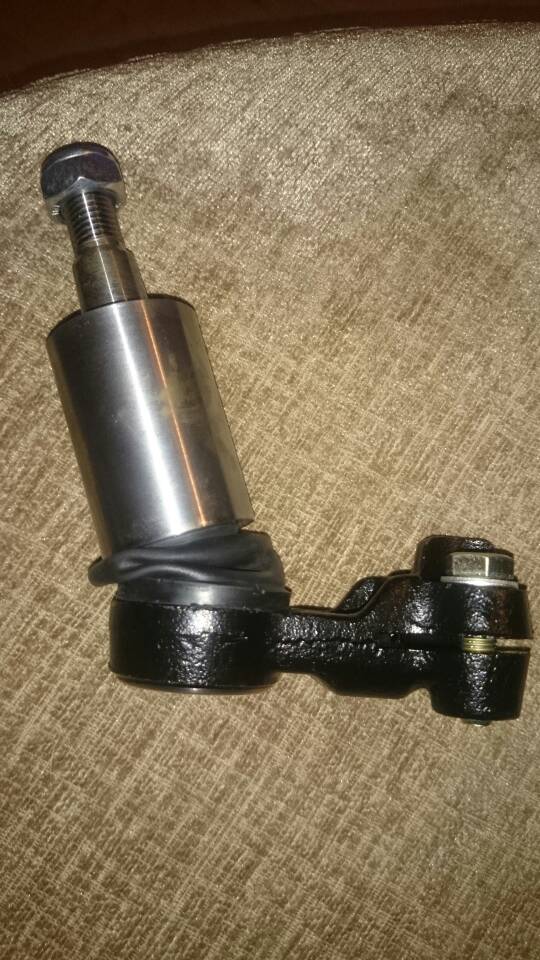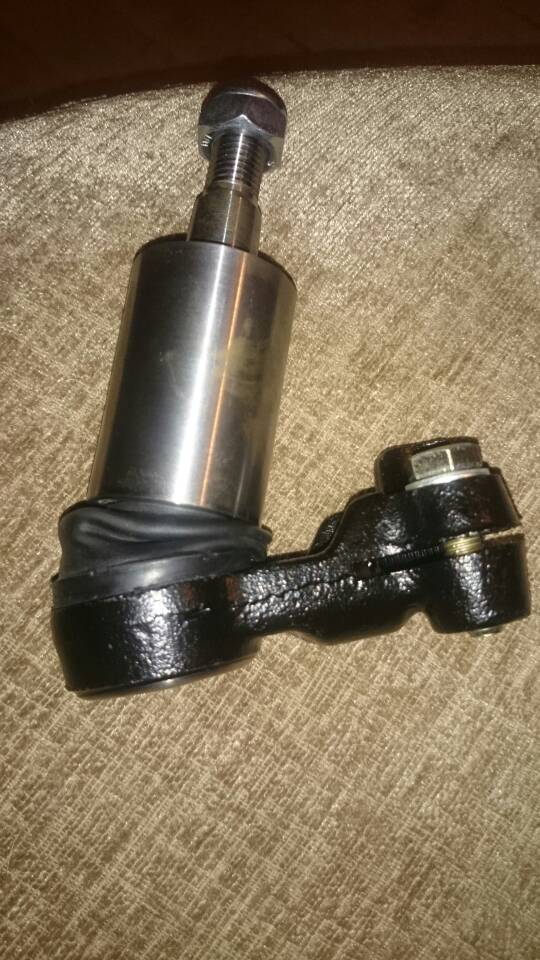RO51
New Member
- Posts
- 300
Well the machined parts I collected today, the lift plates I have made and had powder coated and there back too. I have a few sets a couple to test to destruction at work I'm making up a jig so I can apply a load of sheer force to them.
Just a case of fitting and testing when I have some camber bolts
Can't upload photos from my mobile phone tho I guess I need to be on a proper computer
Just a case of fitting and testing when I have some camber bolts
Can't upload photos from my mobile phone tho I guess I need to be on a proper computer

